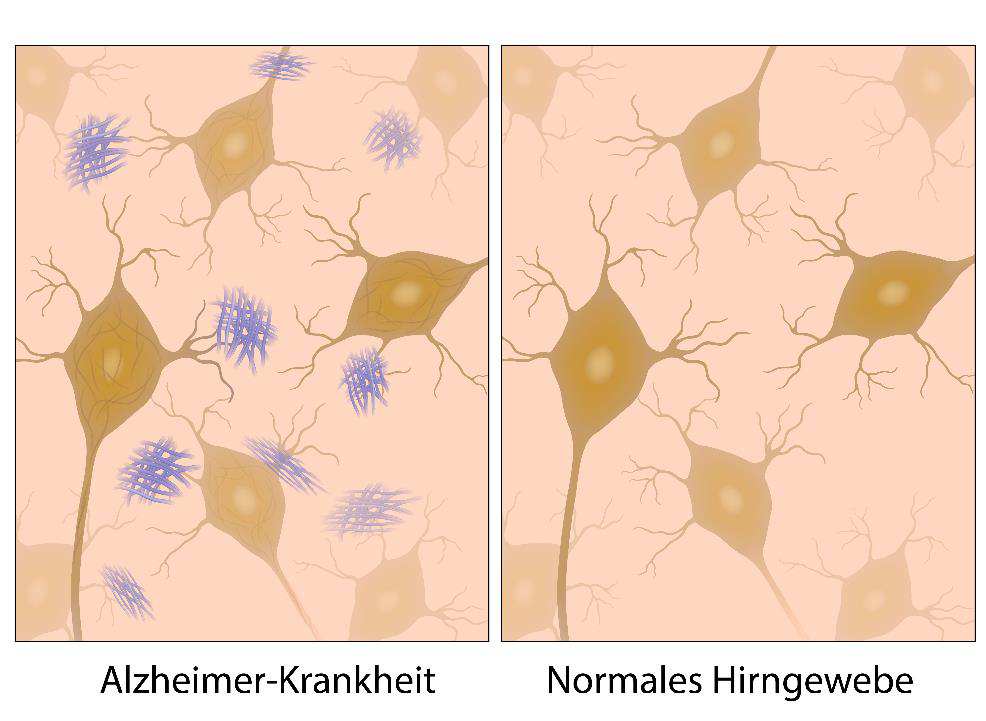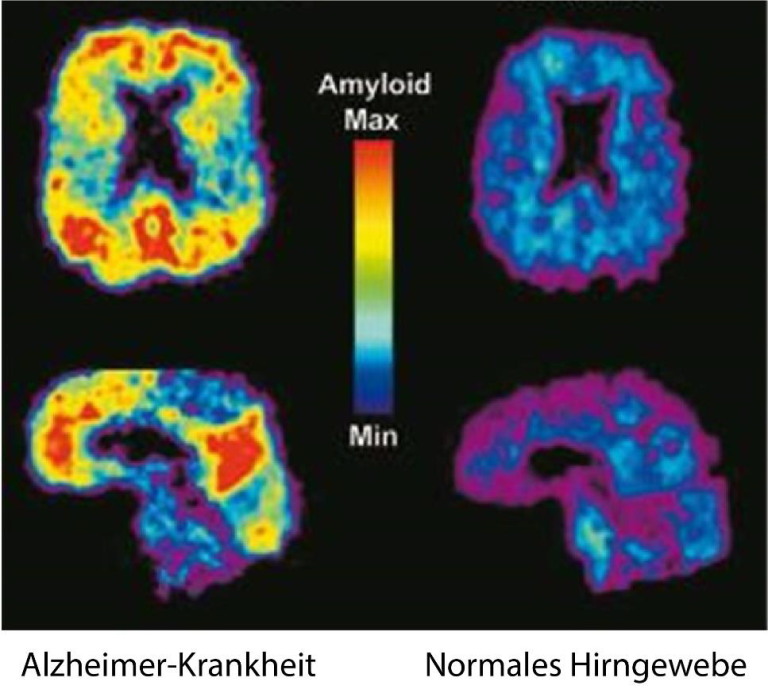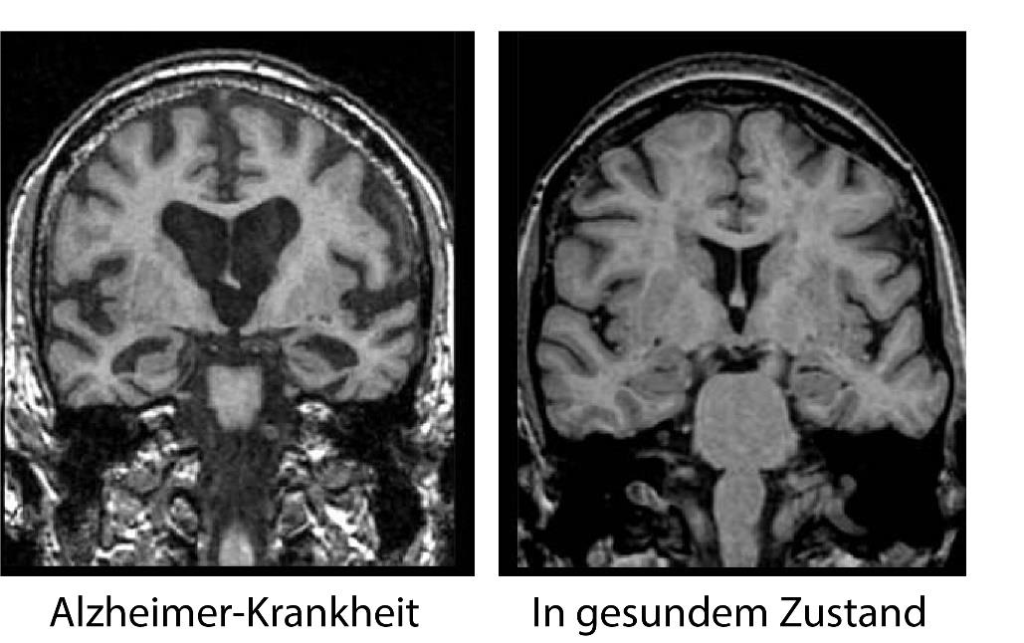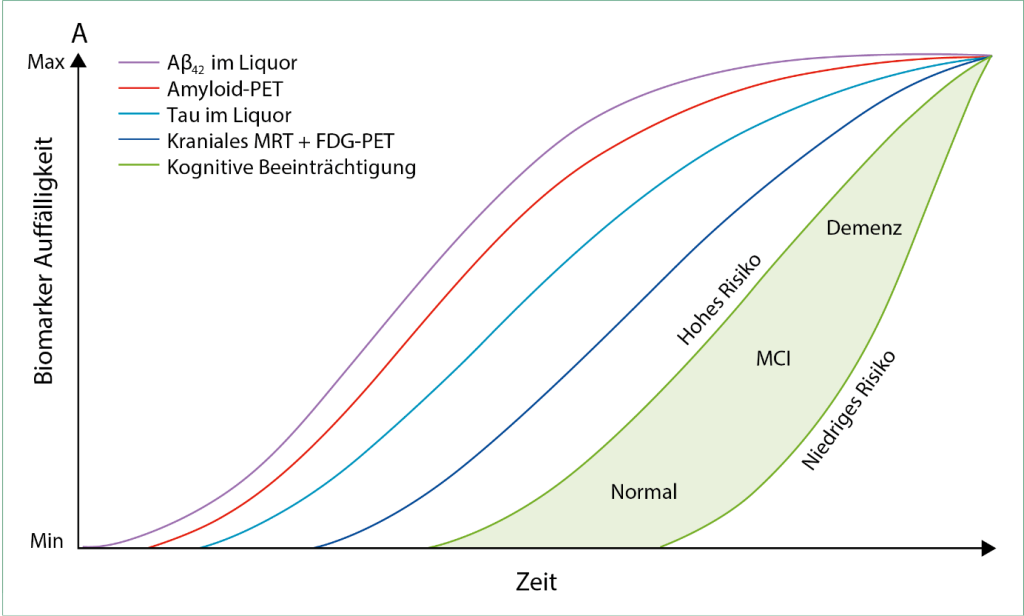The term cognition refers to the functions of the human brain that are responsible for the reception, processing and storage of information. These are, for example, memory, attention, language, orientation and thinking.
A person’s cognition can be impaired by many different causes without dementia being immediately present. In recent years, two terms have become established to describe such cognitive disorders: The terms subjective cognitive impairment and mild cognitive impairment. These impairment can be precursors of dementia. However, they can also have many other causes.
Subjective cognitive impairment (SCI) is characterized by memory impairment and possibly other cognitive disorders that are only noticed by the person affected. The person concerned may worry about this. Neuropsychological tests are unremarkable in this case.
A subjective cognitive impairment can have many different causes, such as stress. In some cases, it can be a first indication of an early stage of Alzheimer’s disease
Mild cognitive impairment (MCI) is characterized by memory disorders or other brain dysfunctions that are noticeable to the affected person themselves, but usually also to relatives and acquaintances. Neuropsychological examinations show slight abnormalities. However, in contrast to the presence of dementia, the affected person’s everyday life is not significantly impaired by the mild cognitive disorder.
Mild cognitive impairment can also have many different causes. In some cases, it indicates the early stages of Alzheimer’s disease. However, there are also many other possible causes, such as
- Depression
- Vitamin deficiencies
- Internal diseases (e.g. liver, kidney, thyroid, blood diseases)
- Side effects of medication
- Misuse of medication
If a mild cognitive disorder is present, the risk of developing Alzheimer’s disease is increased. It is therefore recommended to treat other possible causes, such as a vitamin deficiency, and to monitor the cognitive disorders closely.
Alzheimer’s disease begins in the body many years before dementia occurs. In these early stages of Alzheimer’s disease, affected individuals may have no symptoms of the disease at all or may have subjective cognitive impairment or mild cognitive impairment.
Various examinations can provide indications of the presence of Alzheimer’s disease even in these early stages of the disease (e.g. magnetic resonance imaging, nuclear medicine examinations) or detect Alzheimer’s disease using special biomarkers (e.g. in cerebrospinal fluid or nuclear medicine). Biomarkers are, for example, characteristics that can be measured in the blood or in other body fluids or tissues, which can provide indications of pathological processes in the body. Important biomarkers for the detection of Alzheimer’s disease are beta-amyloids and tau proteins. Both are proteins that are deposited outside and inside the brain cells in Alzheimer’s disease.
Although the causes of the development of Alzheimer’s disease are still somewhat unclear, it is assumed that both beta-amyloid and tau deposits are jointly responsible for the cognitive disorders in Alzheimer’s-type dementia. This is referred to as amyloid pathology and tau pathology. They can be detected by laboratory examinations of the cerebrospinal fluid and by nuclear medicine examinations (e.g. amyloid PET). However, there are other biomarkers that can indicate nerve cell degeneration or metabolic changes in the brain, such as magnetic resonance imaging of the brain or FGD-PET.

Visualization of brain tissue in Alzheimer’s disease with typical beta-amyloid deposits and normal brain tissue

© University of Pittsburgh, PET Amyloid Imaging Group
Nuclear medicine image of brain tissue in Alzheimer’s disease with typical beta-amyloid deposits and normal brain tissue. Beta-amyloid deposits (yellow to red) become visible.

© Johns Hopkins Medicine,
Magnetic resonance imaging (cMRI) of the brain in Alzheimer’s disease with typical reduction in brain volume (atrophy) and in a healthy state.
The graphic below shows how biomarkers, in particular the joint presence of amyloid pathology and tau pathology and other tests, can reveal Alzheimer’s disease before the first cognitive disorders are present and before dementia occurs. The graphic is based on a publication by Jack et al. 2013, which we recommend reading if you are interested. The left-hand side of the graph shows abnormalities in various biomarkers, while the green area on the right shows the clinical stage (normal / MCI / dementia).

Editors: Dr. Julia Perry and Dr. Katrin Radenbach from the University Medical Center Göttingen and Dr. Ayda Rostamzadeh from the University Hospital Cologne.
